
Designing a Home Reception Area:
The reception area of a home, often the first impression guests get, plays a pivotal role in setting the tone for the rest of the house. Designing this space involves creating an inviting atmosphere that reflects your personal style while providing functional and aesthetically pleasing elements. Here’s a comprehensive guide to designing a home reception area that combines elegance with practicality.
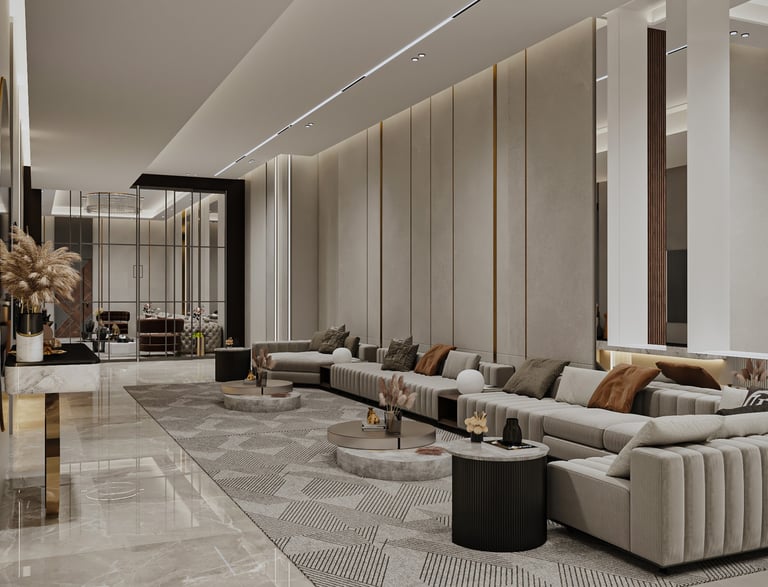

Defining the Purpose:
Determine the primary functions of the reception area. It could serve as a formal entryway, a casual gathering space, or a transitional zone connecting different areas of the home. Defining the purpose will help in choosing appropriate furniture and decor.
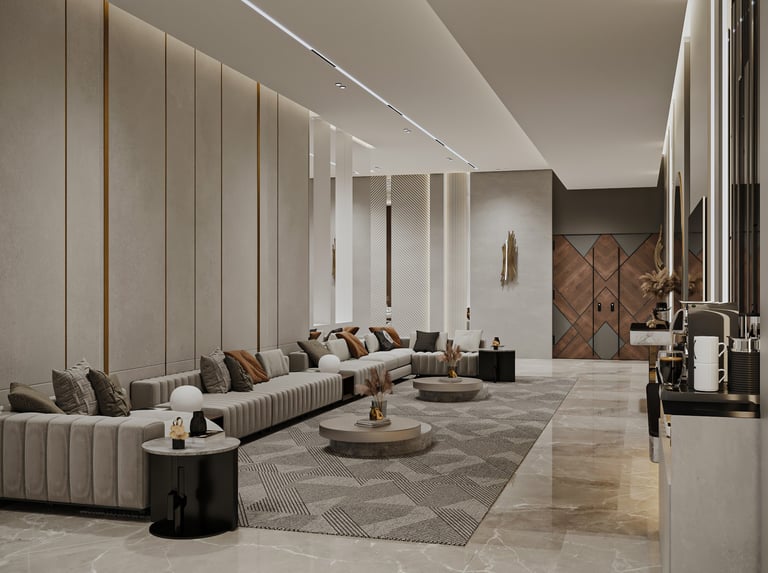

Color Palette:
Choose a color palette that complements the rest of your home while creating a welcoming ambiance. Light, neutral tones such as beige, white, or soft gray can make the space feel open and airy. For a more dramatic effect, consider using bold colors or accent walls that add character without overwhelming the space.


Designing a home reception area
Designing a home reception area involves creating a space that is both welcoming and stylish. By thoughtfully considering the layout, color scheme, furniture, and personal touches, you can craft a reception area that makes a lasting impression and sets the tone for the rest of your home. With careful planning and attention to detail, your reception area can become a functional and beautiful entryway that reflects your personal style and enhances the overall ambiance of your home.
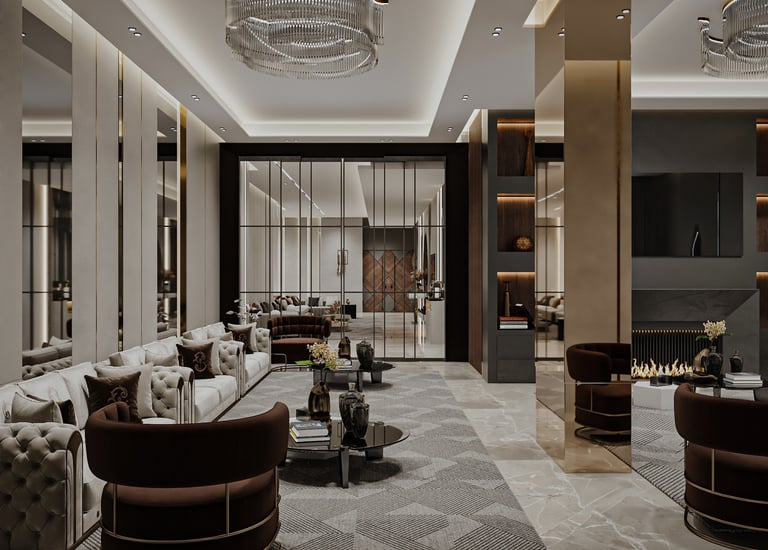

Designing Home Facades
The facade of a home is its first point of contact with the outside world. It sets the tone for the entire property and reflects the homeowner’s personality and style. Designing a home facade requires careful consideration of aesthetics, functionality, and harmony with the surroundings. Here’s a comprehensive guide to crafting a facade that combines beauty with practicality.
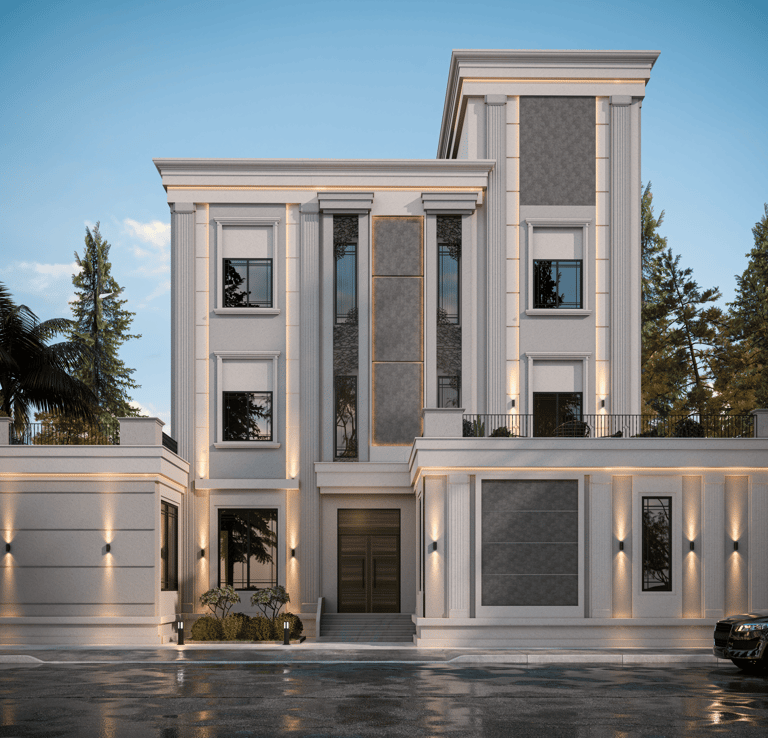

Color Palette
The color palette of the facade should harmonize with the surrounding environment and architectural style. Neutral tones like beige, gray, and white are versatile and can create a clean, elegant look. Bold colors or accent walls can add character and make a statement, but ensure they are in harmony with the overall design.
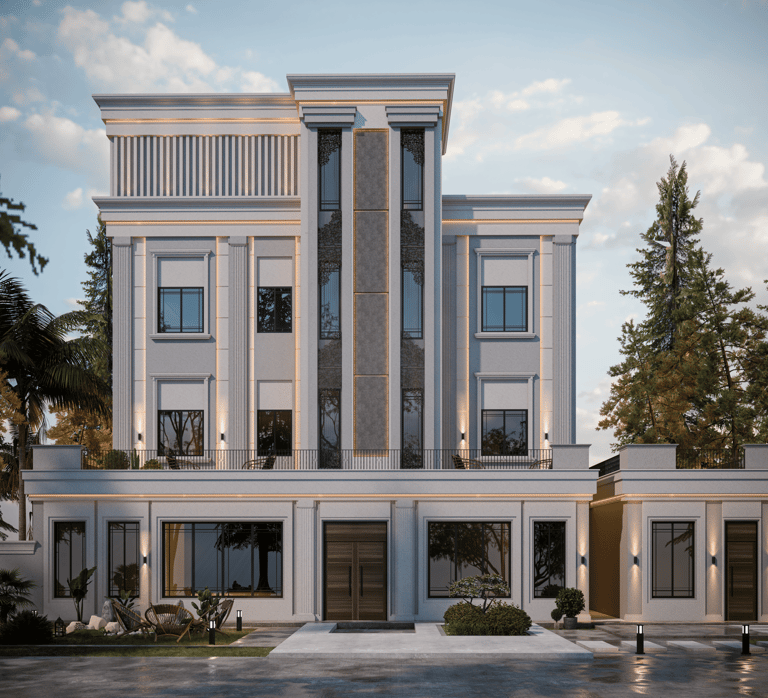

Architectural Details:
Incorporate architectural details that enhance the facade’s visual appeal. Elements such as moldings, trims, shutters, and columns can add depth and interest. Consider adding features like a decorative entrance, a unique window design, or a stylish porch to create a focal point.
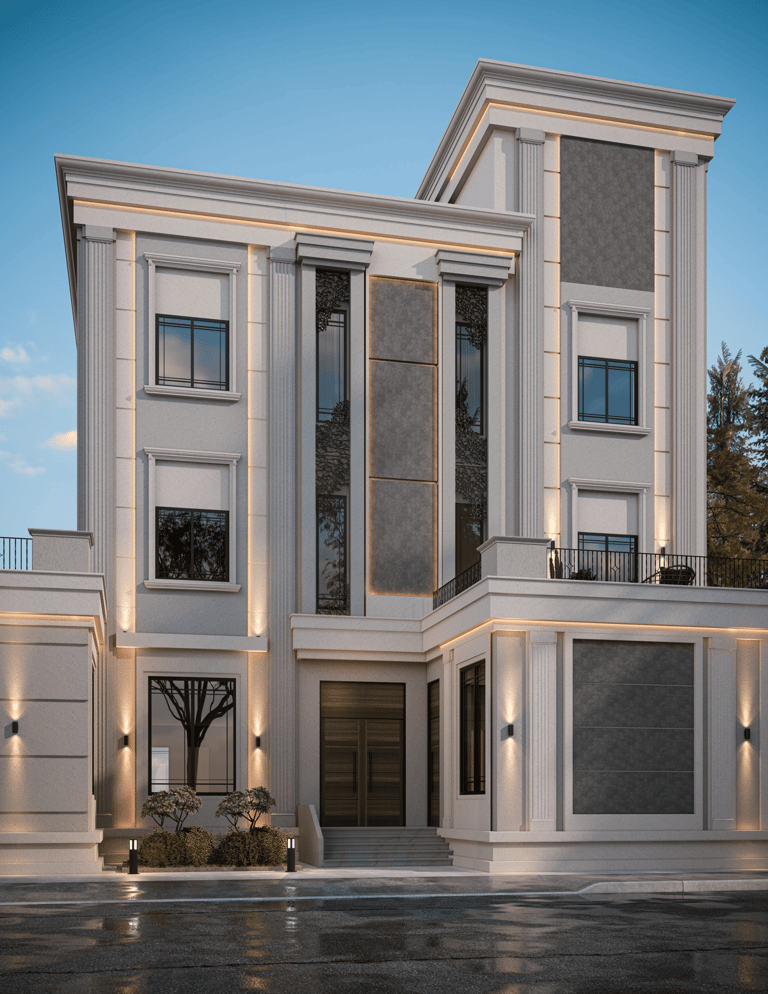

© 2025. All rights reserved.Ikc studio
The website was designed and marketed by el-Wastawea
COMMERCIALS & Admin projeet
I K C S T U D I O
INTERIORS DESIGN
EXTERIOE & LAND SCAPE PROJECT
FINISHING AND CONSTRUCTION
